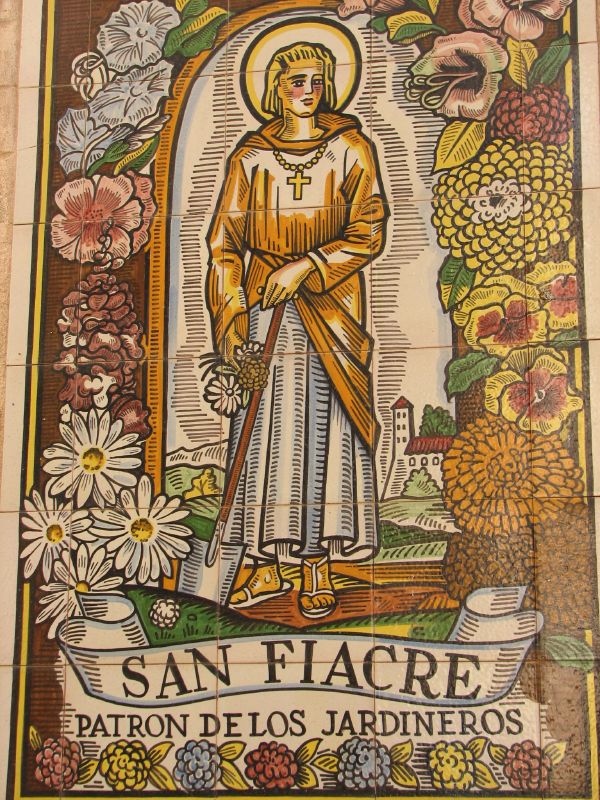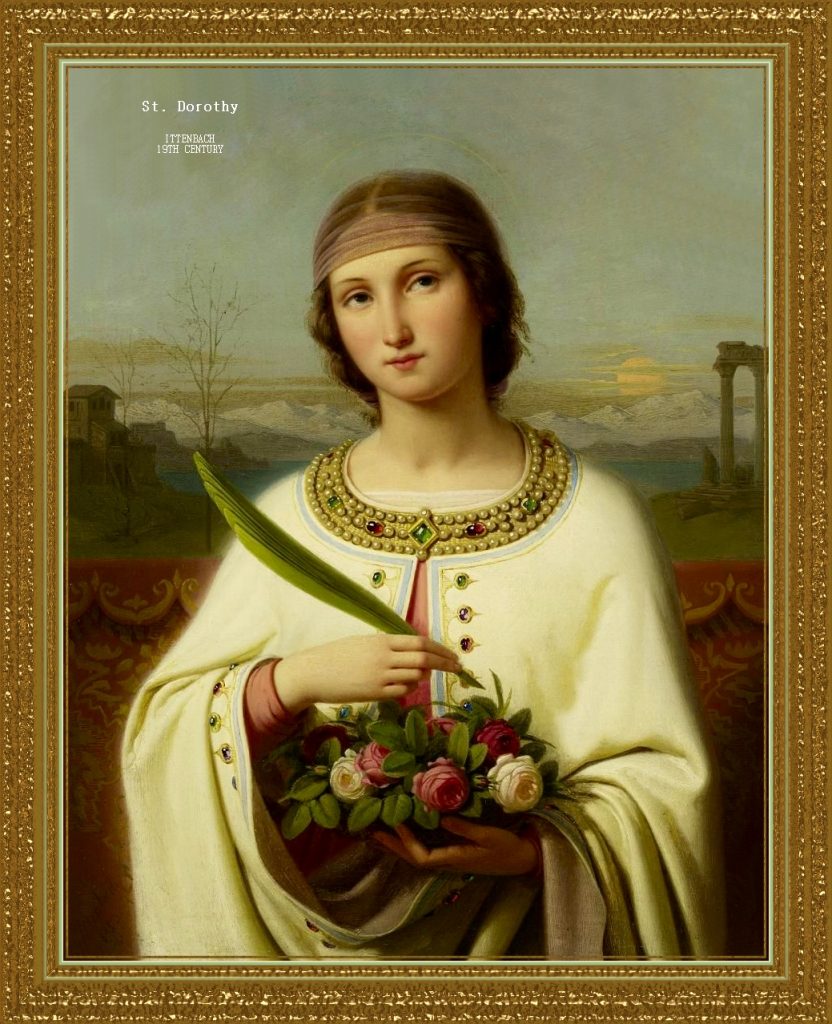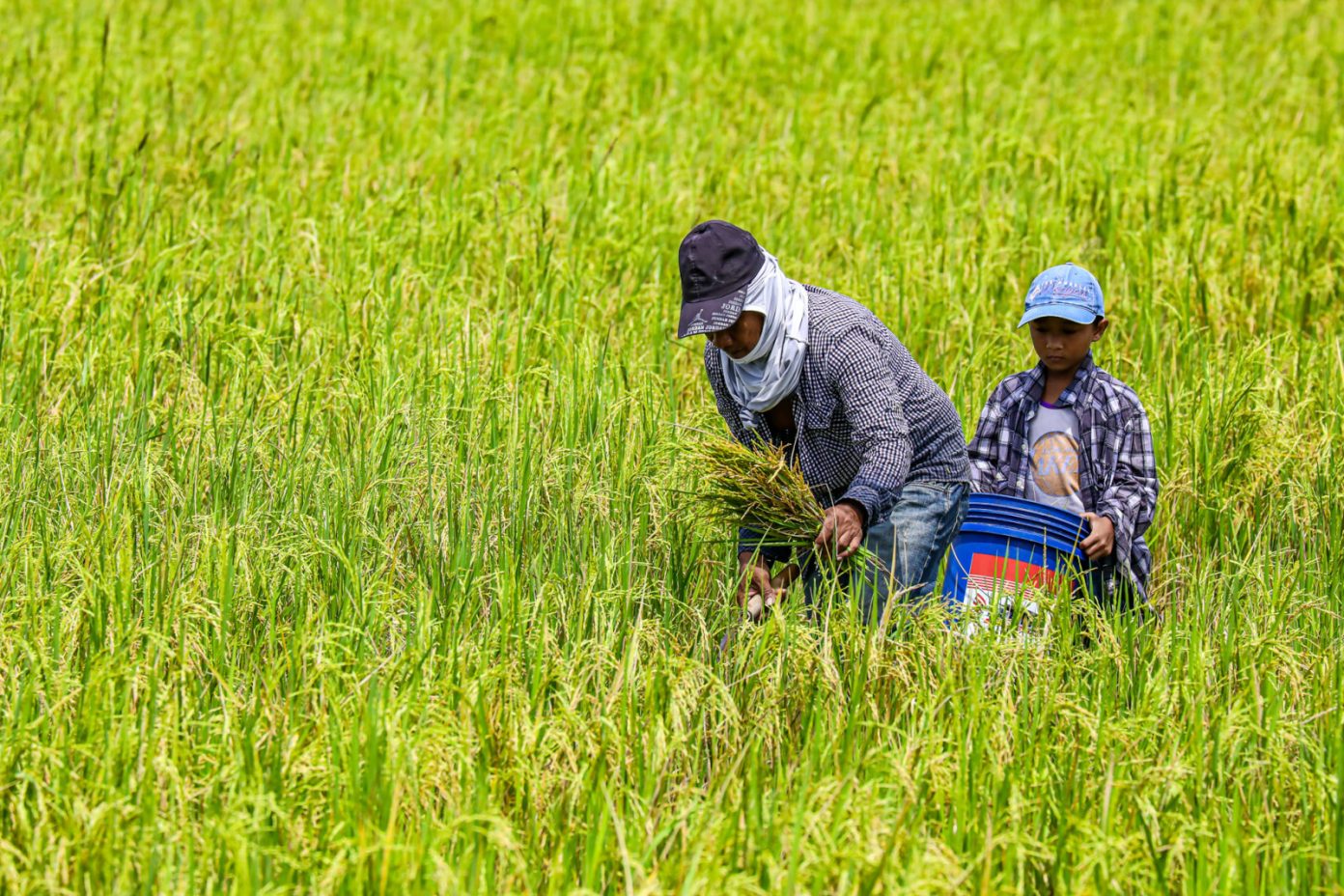It is the longest period I have been away from the farm since January of 2020. At the most, I would stay in the city for three days. I would always hurry back to my safe paradise, far from all kinds of viruses. With the grandchildren going to college and the parents needing to be with them to give full support, it has fallen on my lot to be the farm “guard’ener.”
Anticipating the second cycle of empty nest syndrome for some time, the first being when our own children started their own families, and the second, now, when the grandchildren have to go to college, its arrival was no surprise really. It is inevitable that my children who preferred the simple living in the farm for their growing children are migrating back to the city where the better universities are located.
For my children, it is not difficult to adjust to city life because they were born and grew up in the metropolis. The grandchildren being young and resilient have easily adapted to the plus and minuses of city life. Although they still long for long weekends in the farm.
On the other hand, living in the farm for me, though a most welcome opportunity to simplify, now has turned out to be very challenging.
In 1988, when the hubby and I decided to leave publishing, in his case, and teaching in mine, and start living off the land, doing so was more challenging, but with a partner, it was grace-filled.
Now, “exiled” in the city because while here fulfilling my obligations in a legal case, my daughter-in-law and grandchild contracted the COVID virus. This time the isolation was reversed. Sixteen days have passed and I am still in the city.
What would become of my plants? Of the garden? The vegetables, etc? Being quarantined inside the house, I knew there would be no way they could tend to my garden.
The next option, rather the only option left, was to accept the fact that when I go back home, I would have to deal with overgrown weeds, loss of some herbs, presence of unwanted pests, a mini pandemic in the gardens. This predicament brought me to wondering who the patron saint of gardeners or gardens was. Maybe I could seek his or her intercession, hoping the damage caused by my absence would not be irreversible.
Without doubt I knew it would be St. Francis of Assisi, whose statue graces the entrance to our farm, but taking advantage of a one click app, I found a very interesting information.
While St. Francis of Assisi is the more popular saint and is associated with anything that has to do with plants, birds and nature in general, the fact is that St. Francis is the patron saint of the environment and of animals and not of gardens or gardeners.

The patron saint of gardeners is St. Fiacré (pronounced fee-AH-cruh). The eldest son of a Scottish king, he was born in Ireland in the 7th century. In those times, children of privileged parents or who belonged to families of nobility were educated in monasteries. St. Fiacré was educated in a monastery at Kilcoone. (Saint Fiacre is a commune in the Seine-et-Marne in the Ile-de-France region in North Central France). In the monastery he learned the use of herbs for healing. Choosing to live as a contemplative monk, he left the monastery and devoted his life to prayer and gardening.
It is said that in his quest for solitude, he sailed to France and arrived in Meaux where the bishop was Saint Faro. Fiacré asked the bishop for a place for his hermitage. The bishop gave him a solitary dwelling in a forest in Breuil in the province of Brie. But desiring to pursue his life of planting herbs and healing, Fiacré asked the bishop for a piece of land. The bishop, knowing that this was a good thing, told Fiacré, “I will give you as much land as you can enclose with your spade in one day.” Fiacré took some sticks, and with a staff marked off the boundaries of the amount of land he needed, a big area that could not possibly be enclosed by one man in a single day using only a shovel. Then Fiacré went into his oratory, prayed for help and promptly fell asleep.
A legend, which persists to this day, is that the next day when Fiacré woke up, all the land he marked was encircled by spadework. A jealous local woman, it is said, spread the rumor that this was impossible to be done by one man in one night and attributed the work to evil forces. However, the bishop pronounced it a miracle. This is why, Fiacré according to the legend, banned women from his hermitage and garden. Although at that time, women were really not allowed into the monasteries of monks.
Using his staff, Fiacré cleared the land of trees and briers, made himself a cell with a garden, built an oratory in honor of the Blessed Virgin, and much later made a hospice for travelers that developed into the village of Saint Fiacré.
Here he continued his healing and gardening until his death in 670 AD. There were a lot of miraculous cures attributed to him and even in his death, a lot of healing was credited to his relics. In 1568 his remains were moved to Meaux where healing still continues. His blessings are sought by gardeners, be it in the clearing of the weeds or healing of the sick. At that time when herbs were not just pretty or tasty, an ornamental or a fashionable thing among the rich, they were important parts of medicine.
Hunters who accidentally stumbled upon his garden were welcome. They heard Fiacré preach, watched him heal using medicines from wildflowers and herbs. The news spread far and wide and Fiacré was forced to build another hut for visitors who came for healing, consultations and prayers.
Many of the poor resorted to him for relief from their ailments. He attended to all who came whether to consult or seek healing with charity, sometimes miraculously restoring to health, the sick. In the hospice, he accepted all visitors and even served them with his own hands.
However, no woman was allowed into the enclosure, even into the oratory. Some legends profess that those who transgressed were punished by visible judgments. Even the Queen of France, Anne of Austria was content to offer her prayers outside the door among the pilgrims. A famous story is told that in 1620, a lady who considered herself above this rule, stepped into the oratory. She became distracted and never recovered her senses.
In 1649, Msgr. Sequier, Bishop of Meaux and John de Chatillon, Count of Blois, gave their testimony of being healed by St. Fiacré. Queen Anne of Austria likewise testified to the mediation of St. Fiacré in the recovery of Louis XIII of Lyons from a severe illness. She made a pilgrimage on foot to the Shrine in 1641 as thanksgiving for the king’s recovery. It was also to St. Fiacré that she sought intervention for the birth of her son, Louis XIV.
St. Fiacré is invoked against all sorts of physical ills, including venereal disease and hemorrhoids.
During his death in 670 A.D. and for centuries afterwards, crowds visited the shrine. People who visited his monastery claimed that it had healing power. His shrine at Breuil is still a destination for pilgrims seeking relief from illnesses. The Catholic Church considers Fiacré the saint of growing food and plants used in medicine. This was broadened to include all gardening. Some sources say his feast day is September 1 while others claim it is August 31.
In this same site, a great Benedictine monastery rose. In the 1600s his bones were moved to the cathedral at Meaux. St. Fiacré is depicted in art and statuary as an elderly man carrying a spade.

The list for gardening saints produced more.
St. Dorothy, a 4th century virgin martyr, born in Caesarea, Israel, is considered the saint of horticulture, brewers, brides, florists and gardeners. St. Isidore of Seville, Spain, who spent his whole life as a hired hand, is the Catholic patron saint of farmers. St. Urban, born in Rome, pope from 222-230, is the patron saint of vineyards and grape growers. St. Anthony of Padua, born in Lisbon, Portugal, a Portuguese Catholic priest is the patron saint of harvests and lost animals. St. Phocas the gardener, a martyred Christian who lived in Sinope, in Paphlagonia, is also known in Greece as the patron saint of gardeners, agricultural and farm workers. St. Patrick, born in Britain in the 5th century but traveled to Ireland as a missionary and later served as bishop there is one of the patrons of Ireland and is considered the patron of organic gardening.
There is no lack of saints upon whom we can call upon to help us in our very ordinary and maybe never ending task of working with our hands in the gardens or the fields. For intercession, we can pray to St Fiacré, St. Dorothy, St. Isidore, St. Urban, St. Phocas, St. Anthony of Padua, St. Patrick, and St. Francis of Assisi, but more than just being intercessors, we can learn from their lives that through the simple and humble work of gardening, planting, plowing, harvesting, and other such ordinary tasks, they trekked the path to holiness and to sainthood.
After all, according to St. Therese the Little Flower, “God does not inspire me with desires which cannot be realized, so in spite of my littleness, I can hope to be a saint.”
All these saints while they were still alive were probably unaware that their work would lead to sainthood but definitely love for all creatures, even the smallest among them, was the visible proof of love for the Creator. “I am the smallest of creatures and I recognize my worthlessness, but I also know how hearts that are generous and noble love to do good,” said Therese of Lisieux.
And so I say a prayer of thanks that though advanced in years, deprived of the agility of youth, afflicted with stiff joints, aching back, and faulty memory, I agreed to go on voluntary exile in a farmland, almost three years ago. To this prayer of thanks, a new thanksgiving for the isolation in reverse (from the farm to the city) is added. Deprived of the blessing to see the sun and the rains prod a seed to grow, I have the grace instead to welcome the seeds planted in the mind and the heart.
As Therese the Little Flower of Jesus consoles us, “Everything is grace, everything is the effect of our Father’s love — difficulties, contradictions, humiliations, all of the soul’s miseries, her burdens, her needs — everything. Everything is grace because everything is God’s gift. Whatever be the character of life or its unexpected events-the heart that loves, all is well.”
Edita Burgos is a doctor of education and a member of the Secular Order of Discalced Carmelites.






